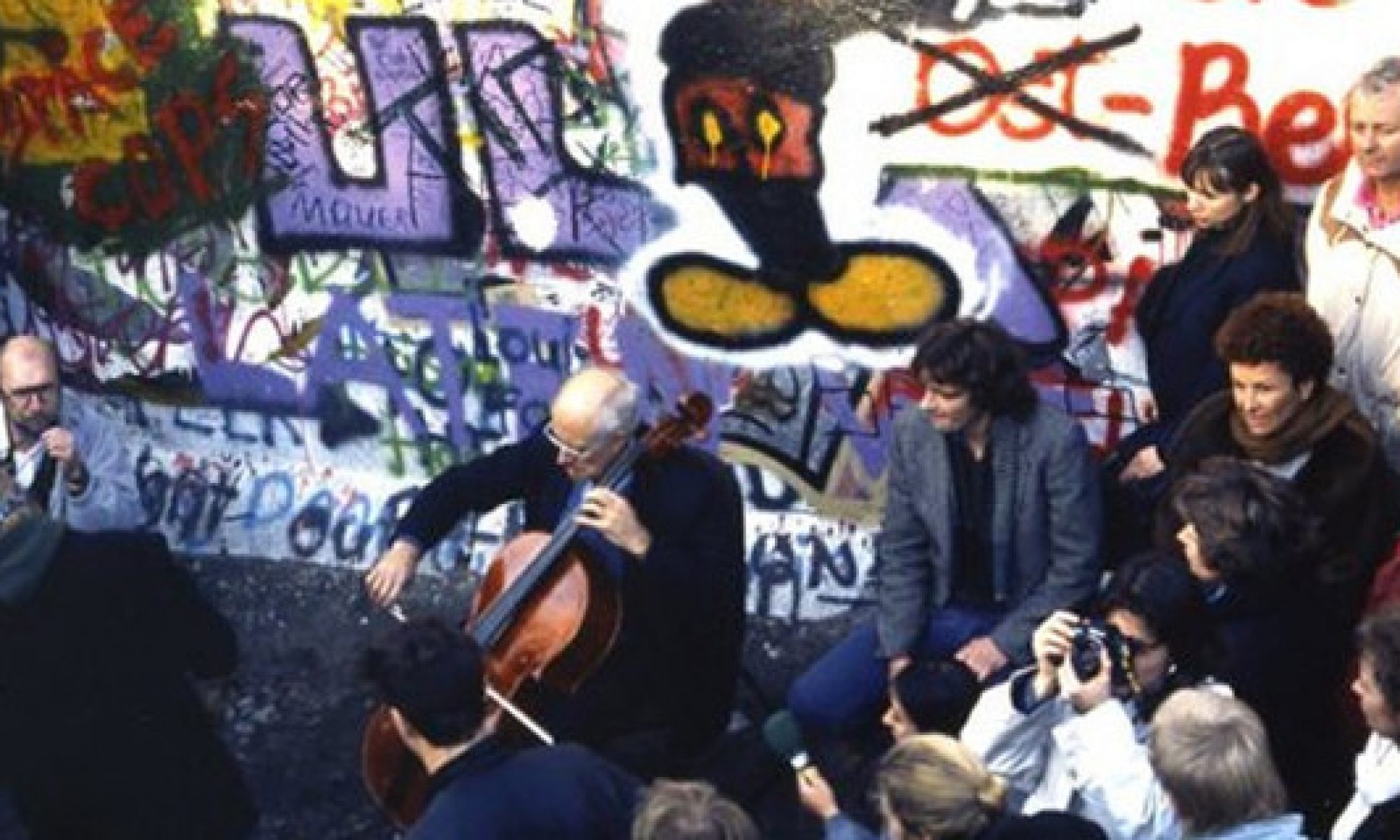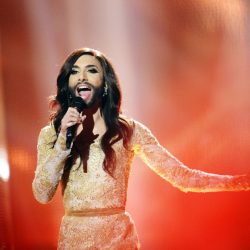Sydney
Kightlinger
HIS 315
September
23, 2019
Emerging out of extreme political turmoil, the Weimar Republic (1919-1933) was a great experiment. With the nation in fractions, most notably from the reading, a decision to pull towards communism like Russia or counteract with a plethora of other ideologies, a great movement of expression appeared. Although there had been cabarets (or nightclubs) in Germany prior to the turn of the century, the use of the stage, during and into the 1920s varied in numerous ways.
To focus on
Jelavich ‘s chapter five “Political Satire in the Early Weimar Republic,” the years
immediately following the war leading to 1925 lead to a temporary resurgence of
the cabaret. Satire infested the acts of the stage due to what as Jelavich attributes
to as, “the discrepancies between ideals and realities, that contradiction
offered a field that humorists cultivated with ease” (130). However, eventually
the satire inclination towards satirical humor began to wan as the living
conditions ceased to improve.
For the remainder of the Weimer Republic audiences wanted a spectacle. Revues, or variety shows (which could be salacious), came into fashion because they provided just that. The discussion of whether dancing women, nude or not, lead to a discussion over whether these performers where being hyper sexualized or expressive artists. With all of this commotion, this decade leaves an impact. Let’s discuss how with these questions:
1. What
are the complications for artistic society of the politically divided Weimar
Republic?
2. Arguably, the artistic enveloped is pushed further after WWI. How did the lack of censorship change the cultural scene?
3. The book briefly mentions a rise of anti-Semitic behavior, how was creative expression used by some to make anti-Semitic statements (Bonus question: Do artists have a responsibility to society to insure they are producing non-bigoted work?)
4. How does
authority (or lack of it) shape the Weimar Republic?
5. What role does economics following the war play in the republic’s entertainment consumption?
6. In regard to the law code, what do we think of the regulation of naked women’s bodies in respect to 19th century art?
7. What are the most prominent aspect of American culture that penetrated German art, and how do they effect German sensibilities?
8. In what ways did the cinema and revues work against each other? Is this always the case, or is it the result of a specific market?
9. How is
the art of the Weimar Republic a glaring example of modernity? (Is it? The book
seems to believe so.)
10. What does marketing kicklines as “purer” than a one-woman show say about the era?

